An ambitious goal: Saving Bolivia’s Most Endangered Bird
The Critically Endangered and endemic Horned Curassow (Pauxi unicornis) is losing its habitat at an alarming rate, and without direct conservation actions could be the first bird to go extinct in Bolivia.

A powerful partnership: Armonía’s Work with Yuracaré People
In 2021, our field partner Armonía identified two critical habitats for the Horned Curassow within the TIPNIS, a vast protected area in Bolivia. Using camera traps, they documented 17 individuals across 10 locations — proof that a viable population still survives deep within Yuracaré Indigenous territory. To build a foundation for long-term protection, Armonía engaged directly with the Yuracaré people, conducting in-depth socio-economic research to understand their development needs and how conservation can align with their vision for the future. This is the only region in Bolivia where Indigenous communities have both legal and territorial authority within a national park — making their leadership essential to saving this species from extinction.
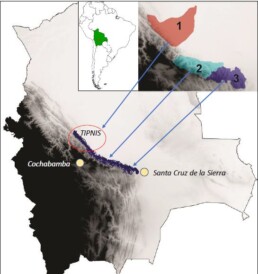
Map: The blue area indicates the known Horned Curassow distribution in Bolivia. Light gray indicates lowlands and black the highlands. Red circle indicates the TIPNIS and project focus area. The Critically Endangered and Bolivian endemic Horned Curassow (Pauxi unicornis) occurs in undisturbed foothill forest between 400 to 1,400 m.a.s.l. This species is found within the TIPNIS (1), Carrasco (2) and Amboró (3) National Park though its habitat is heavily affected by illegal coca agriculture and human invasion. Only the TIPNIS National Park has Yurucaré indigenous territories.
Foothill forest habitat at Isiboro Sécure Indigenous Territory and National Park. Ruth Marquez
🌿 Horned Curassow Conservation Through Birdwatching Tourism
That’s why our partners are working hand-in-hand with Yuracaré communities to build a sustainable birdwatching tourism model that benefits both people and wildlife. At the heart of this effort is a newly developed observation trail in Secejsamma, where confirmed sightings have proven the species still survives. Guided tours, planned for launch in 2025, are designed to empower the community economically while maintaining low-impact, conservation-friendly standards.
More than protection — an opportunity
To bring this vision to life, the project is training Yuracaré guides in advanced birdwatching techniques, strengthening a community tourism committee, and improving infrastructure with a functional basecamp for overnight visitors. A pilot birding trip will help fine-tune the experience and prepare the trail for promotion to national and international birdwatchers. By turning the Horned Curassow into a flagship species for ecotourism, we aim to create a model where conservation and local livelihoods thrive together.
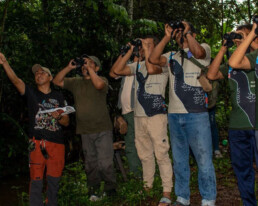
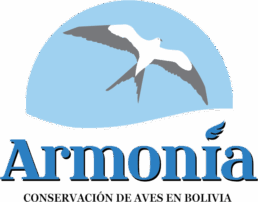
Our outstanding field partners - Asociación Armonia
Asociación Armonía is a Bolivian accredited non-profit conservation organization created in 1993. It is supported by the regional governments of Beni and Santa Cruz and the Bolivian national park administration (SERNAP). In 2009, Armonía received a certificate of commendation from the Bolivian government for its efforts to protect Bolivia’s birds and their habitats. Armonía manages twenty conservation programs, including twelve programs with threatened species.
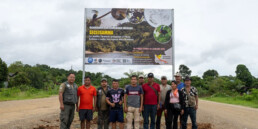
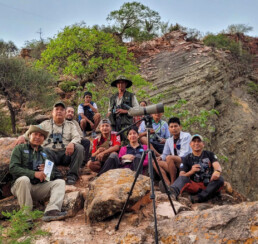

Join hands with our project field partner Asociación Armonía in protecting the Horned Curassow and all the other species thriving under the stewardship of the Yuracaré people
